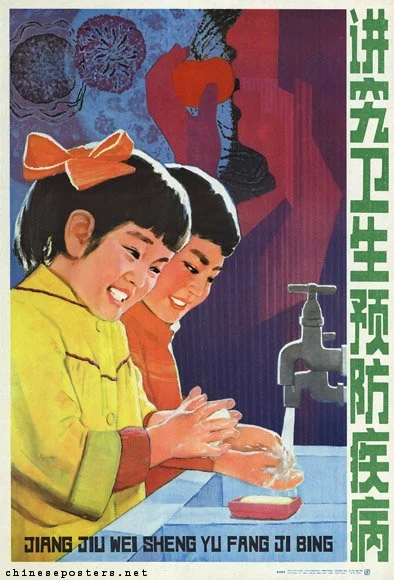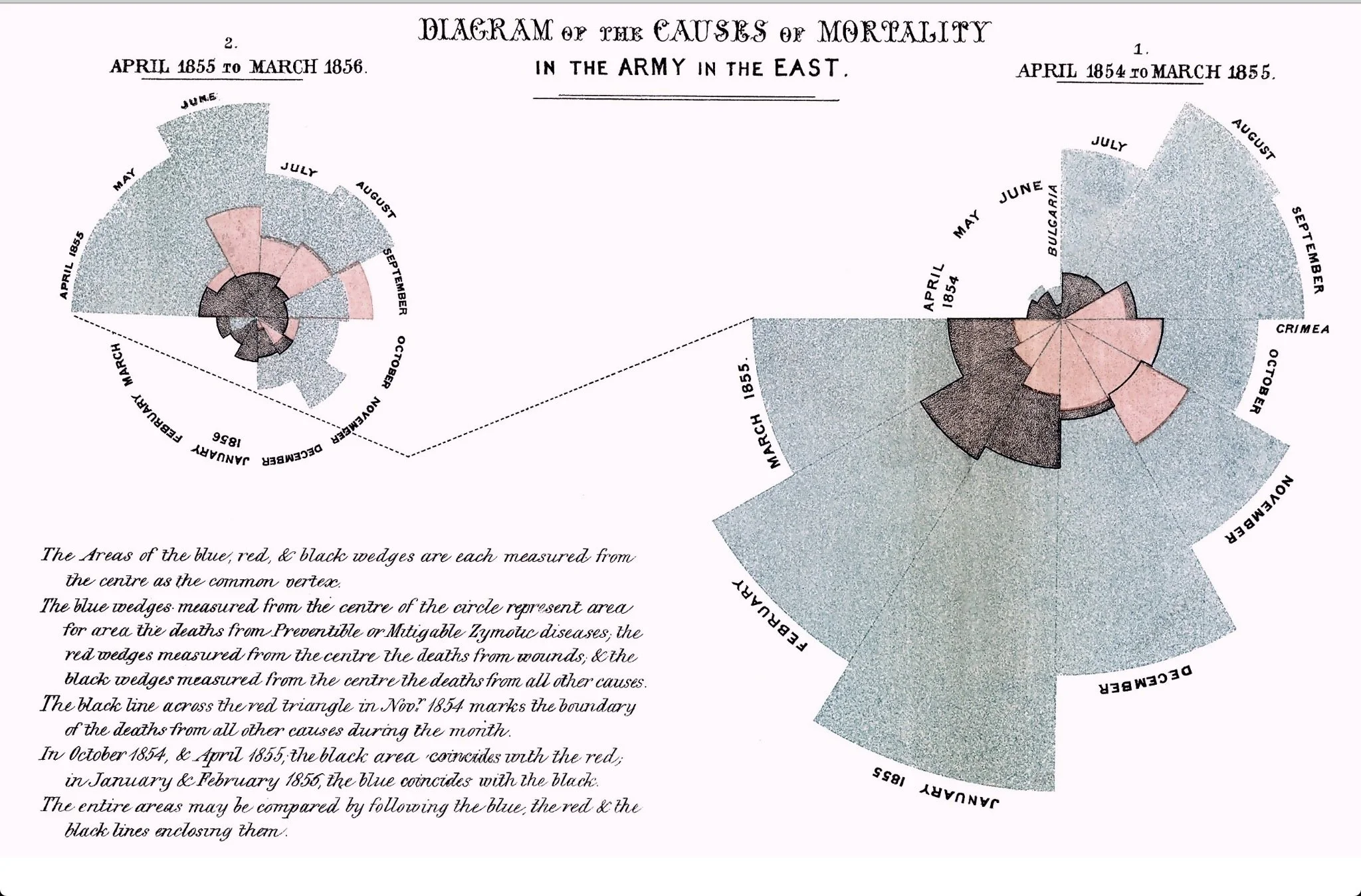Handwashing
Over the Covid 19 pandemic there has been a huge emphasis on hand washing. But did you know that hand-washing in health settings is a relatively recent discovery?
A Hungarian doctor called Ignaz Semmelweis is known as the father of hand hygiene. In 1846, while working in Vienna General Hospital he noticed that the incidence of fever (infection) and death could be reduced significantly on maternity wards if the medical staff washed their hands. This was particularly evident if they washed their hands between working on postmortems and then delivering babies in the maternity ward.
As a result, Semmelweis imposed a new rule mandating handwashing with chlorine for doctors. The rates of death in his maternity ward fell dramatically. This was the first proof that cleansing hands could prevent infection. However, the innovation was not popular with everyone: some doctors were disgruntled that Semmelweis was implying that they were to blame for the deaths and they stopped washing their hands, arguing in support of the prevailing notion at that time that water was the potential cause of disease. Semmelweis tried to persuade other doctors in European hospitals of the benefits of handwashing, but to no avail.
Scientific research by Florence Nightingale (1820–1910). Public domain, courtesy of Wikimedia Commons.The blue areas show deaths occurring from diseases the spread of which could be preventable through hand washing.
Florence Nightingale was the next hand-washing champion. During the Crimean War, at a time when most people believed that infections were caused by foul odours (miasmas), Florence Nightingale implemented handwashing in the war hospital in which she worked. While the target of these practices was to fight the miasmas, Nightingale’s handwashing practices achieved a reduction in infections (see image above).
Sadly, the hand hygiene practices promoted by Semmelweis and Nightingale were not widely adopted. It was not until the 1980s, when a string of food-borne outbreaks and healthcare-associated infections led to public concern that the United States Centers for Disease Control and Prevention identified hand hygiene as an important way to prevent the spread of infection. In doing so, they heralded the first nationally endorsed hand hygiene guidelines, and many more have followed.
The above information is sourced from https://globalhandwashing.org & https://whatsthepont.blog




